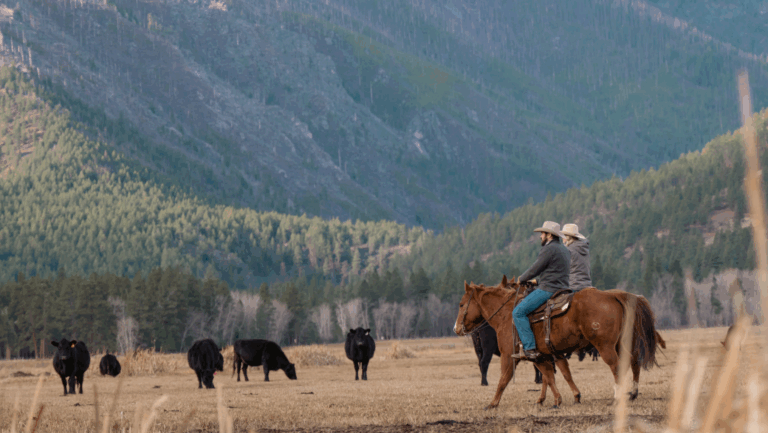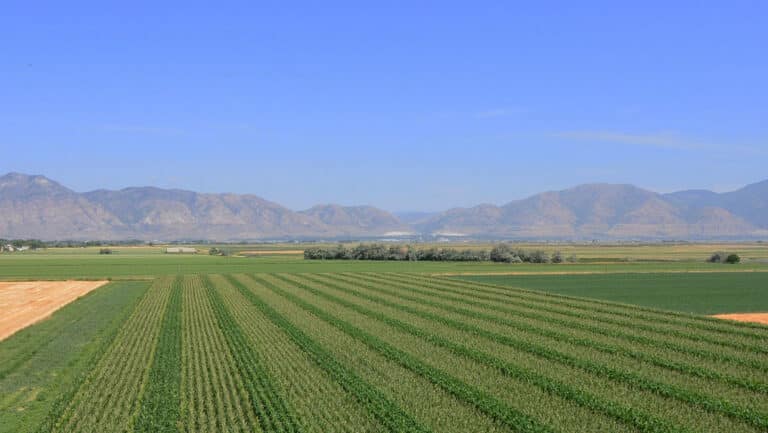Protect Your Legacy with Farm Succession Planning
Did you know that only a quarter of families have a farm succession plan in place?
Family farms are the backbone of American agriculture, making up 95 percent of all U.S. farming operations, according to the 2022 Census of Agriculture. Yet as nearly half of the nation’s farmland is expected to change hands within the next 20 years, many operations face an uncertain future when it comes to farm succession planning.
Nearly 70 percent of farmers say they intend to transition their operations by 2025. Despite this, only one in four has a formal farm succession plan in place. This gap highlights the need for proactive, structured farm succession planning to preserve both family legacies and the long-term stability of American agriculture.
In this article, we explain the challenges you may face as you plan to pass your land to the next generation and what strategies you can use to overcome them.
Why Farm Succession Planning Is Crucial
The landscape of American agriculture is changing fast. Farms are getting larger, family operations are disappearing, and fewer young people have the upfront capital needed to take over.
- Fewer Farms, Bigger Operations: The USDA reports that the U.S. lost more than 140,000 farms between 2017 and 2022, with another 20,000 disappearing since then. Meanwhile, the average farm size has grown by 20 acres—pushing more operations into the range affected by federal estate taxes.
- Historic Decline in Farmland: The 2022 Census of Agriculture found that the total number of U.S. farms has dropped below two million for the first time on record. Farmland now stands at just 880 million acres—the smallest amount since 1850.
- An Aging Generation of Farmers: Over one-third of America’s farmers are now over the age of 64, while fewer than one in ten are under 35. This growing farmer pipeline problem means fewer successors are ready to carry operations forward.
- Mounting Financial Pressures: Fluctuating commodity prices, higher input costs, and tighter margins mean more families are taking on debt or selling land to make ends meet. Without a clear farm succession plan in place, these financial pressures can make it even harder to pass the farm to the next generation.
With these realities in mind, farm succession planning is no longer optional. A thoughtful plan helps protect your land, preserve your family’s legacy, and ensure your operation continues for generations to come.
How to Start Your Farm Succession Plan
When it comes to creating a good farm succession plan that helps you retire comfortably while setting up the next generation for success, there are a few things to keep in mind.
1. Set Clear Goals
Start by thinking about what you want. Do you want to retire completely or stay involved part-time? Is it important to keep the land in the family? Do you have charitable goals or plans for part of the property? Clarifying these goals makes it easier to communicate them to your family and any advisors you work with.
2. Talk Early and Talk Often
Honest conversations are key. Discuss your plans with your children or other potential heirs to find out who wants to keep farming and who doesn’t. You can hold a family meeting or have smaller, one-on-one talks.
3. Make a Fair Plan for Multiple Heirs
Fairness can be tricky when more than one child or heir is involved, but there are ways to make it work.
- Divide by Assets: Give farming heirs land, livestock, or equipment, and give non-farming heirs other assets like rental properties or savings accounts.
- Structured Buyout: Allow the farming heir to buy the land from siblings over 20 to 30 years through a contract for deed.
4. Know Your Options for Transferring Assets
When it comes to distributing assets, there are three primary categories to consider.
- Machinery: Can be sold, leased, or gifted (though gifts may have tax implications).
- Livestock: Breeding herds can be shared or transferred over time. Market animals can be sold or divided at sale.
- Land: Most farmers transfer land upon death to keep control and income during retirement, but lifetime transfers through sale or gift are also possible.
5. Use the Right Tools and Support
Building a farm succession dream team can make all the difference in creating a farm succession plan that stands the test of time. Some experts to have in the corner include:
- Tax Advisors: Consulting with a professional can help with family discussions, goal-setting, and transition planning.
- Ag Mediation Services: Having an unbiased third party can help families work through disagreements during planning.
- Financial Counsel: Discussing farm succession goals with your lender can help you proactively structure your finances to support the ownership transition of your farm when the time comes.
Farm Succession Planning in Action
AgAmerica has helped many farm families get the funding they need to set up the next generation for success. Here are just a few examples.
Family Plans for Succession with $5MM RLOC
A landowner and his successors transformed private timberland into a hunting retreat for future generations to enjoy.
Specialty Crop Farmer Plans for the Next Generation with $4.1MM Loan
AgAmerica helped transition 690 acres of specialty crop farmland into the hands of the next generation.
North Carolina Farmers Save $70K Annually with Custom $760K Refinance
AgAmerica created a strategic refinance to help a farm family pay down debt without selling land.
Start Your Succession Plan with AgAmerica
At AgAmerica, we are singularly focused on agricultural finance and understand that passing the farm to the next generation takes more than good intentions—it takes hard conversations and a farm succession plan in place. Our lending solutions are built to help families navigate this critical transition with confidence, whether that means restructuring existing debt, unlocking equity in farmland, or creating the liquidity needed for heir buyouts and estate taxes.
With a lender who understands the unique challenges of generational change, you can protect both your operation and the legacy behind it.
Contact our team today to explore flexible, tailored loan options that can help you keep your farm thriving for generations to come.






